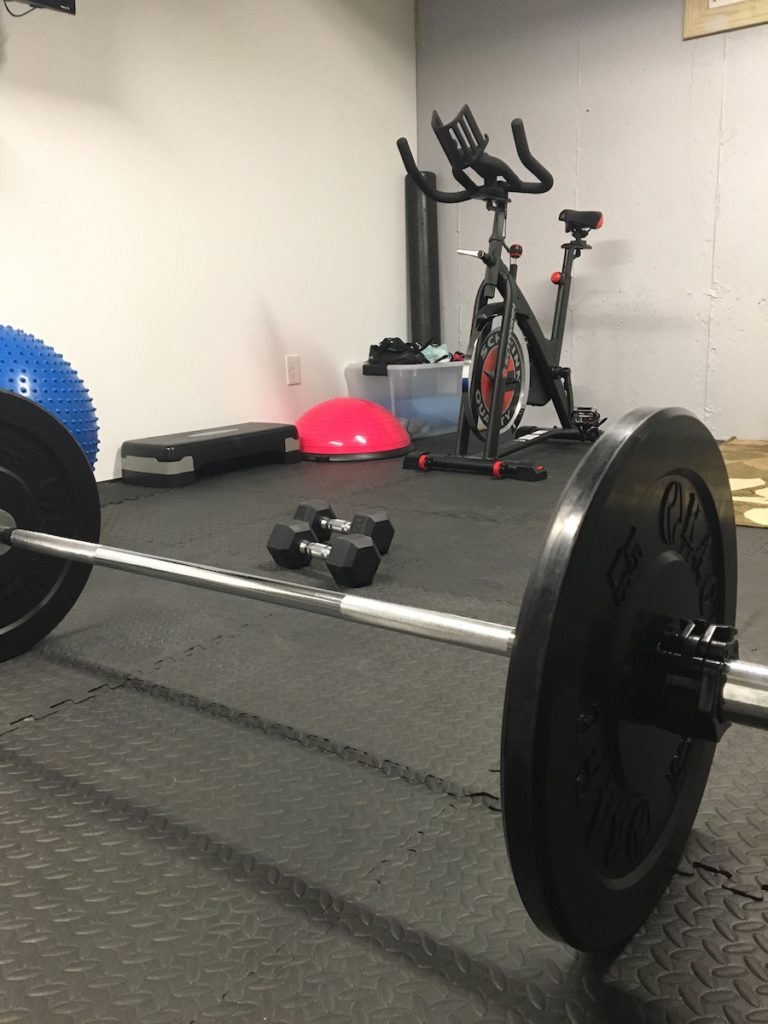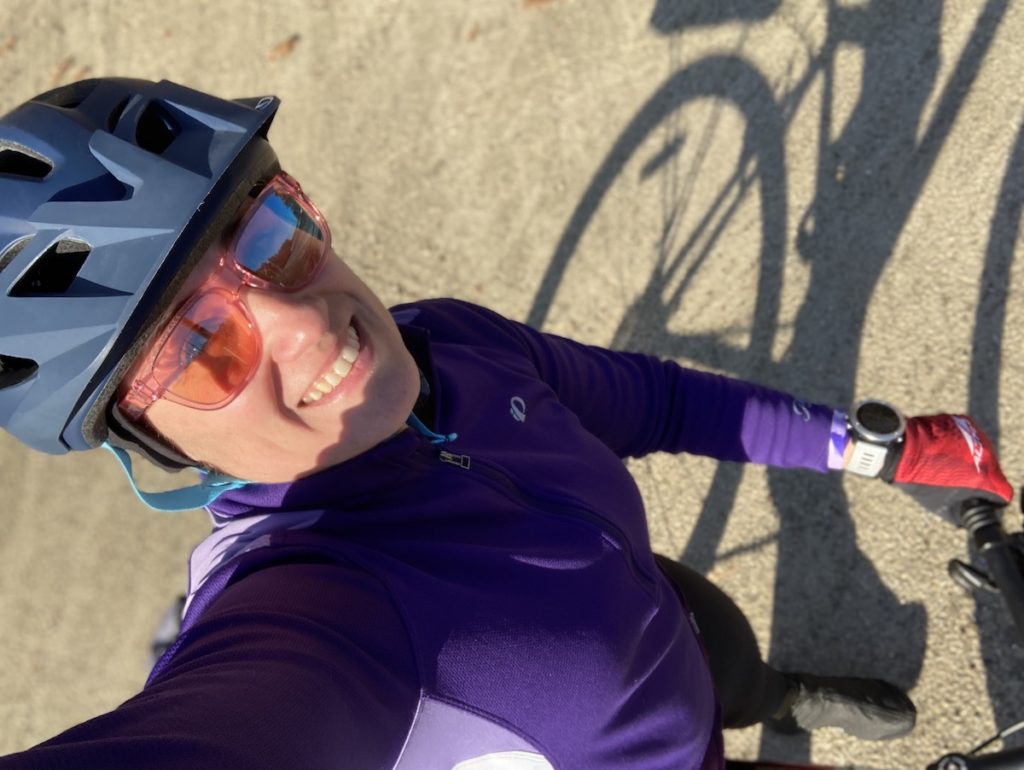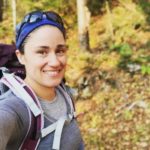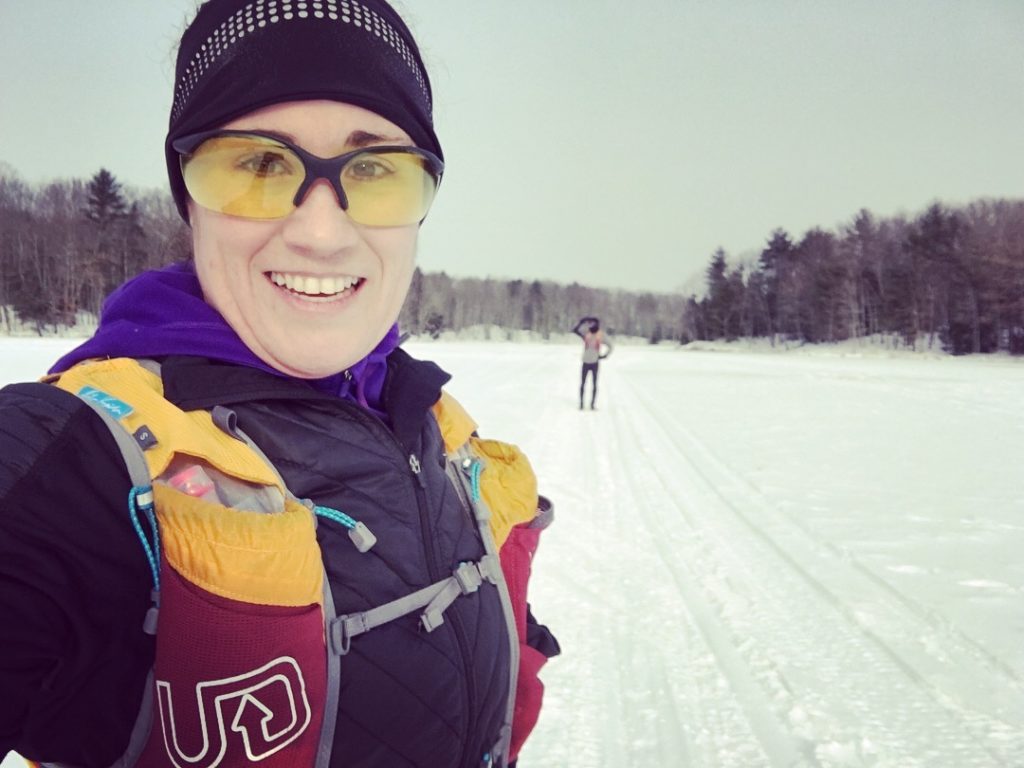New Hampshire winters used to be my opportunity to put on some weight, store away my outdoor gear and hibernate. While reading endless books, chowing down on cheese puffs and having a few too many cupcakes soothed my winter blues, it made starting hiking and running in the spring so much harder! I finally smartened up and found using the winter to build a hiking base led to more enjoyable summer hikes and running adventures. In fact, the work I put in during my off-season resulted in quicker fitness gains early in the next season.
Finding ways to build or maintain an existing base is very individualized. While I am not a personal trainer or running coach, I have put over 6400 miles and just shy of a quarter-million feet of gain on my legs since 2013. I learned the hard way through increasing volume too fast, taking shortcuts or using bad gear, what it is like to be sidelined with an injury. My goal with this article is to share some basic knowledge about base building by highlighting what has worked for me over the last seven years of year-round adventuring.
Use winter as a chance to change up your fitness routine or learn a new skill.
The best advice I ever received from a coach is the art of “periodization.” I did some personal reading on the topic and have embraced this for the last four years. I really only train to run or hike long distances from February through whatever I consider my goal for the year (a long race or a long fastpacking effort of my choosing), which typically lands in July or August. For the rest of the year, especially those early winter months, you will find me on my mountain bike, spin bike or lifting weights. I am a sucker for videos I can cue up and follow (Les Mills programming is by far my favorite!) and for me these alternative forms of exercise keep my hiking/fastpacking base in place. The years where I just ran year-round were riddled with injury. It also didn’t help those “hiker muscles” such as my core, shoulders and back.

If you are in a cold weather climate, try snowshoeing!
This is the fastest way to kick your own butt and build endurance and leg strength. Your heart rate will spike, you will be ripping off layers and laughing in no time. Many outdoor places will allow you to rent snowshoes (or borrow a pair from a friend) before investing. I have a pair of Dion 132, which are appropriate for backcountry use. They have a heavy ice cleat and are super light. They are 21.5” long and appropriate for a load under 175 lbs. The shorter frame means I can hike, run and climb on it. This has become a way for me to embrace winter, since I do not ski or snowboard (my left knee simple won’t tolerate it).
Try Cycling.
I mentioned my mountain bike and spin bikes above. I scoffed at the idea that the cycling fitness would translate to running and fastpacking, but I am here to admit how wrong I was! I aim for about twenty miles a week in the saddle during the off-season. The spin bike is my savior when it is in the single digits and I can’t run. Not to say you can’t run in those conditions, but I feel like it’s a great substitute if you have no desire to dress in a snowsuit for a four mile jaunt in your neighborhood. If cycling simply isn’t your jam, a stepmill, a treadmill set to high elevation or an elliptical at intense setting will get your heart rate up and work those hiking muscles.

Have fun AND eat the cheese puffs.
I aim for four days a week of exercise. Most mornings in the winter, I will get up and do what strikes me. Some days I lift, others, I spin. If it’s nice and not bitterly cold you will find me running or snowshoeing locally. One day a week, I stay outside for the day visiting my favorite peaks, testing gear and catching a super cool view. That day provides the motivation for my weekday workouts. The level of intensity is personal, but I enjoy keeping my weekly gain around 3000 ft. and a total of thirty five miles (spin bike and running/hiking/snowshoeing). Strength sessions are key to being able to carry a pack over long miles, so I work those in about twice a week. This low stress training plan allows me to have the beer, the cheese puffs and the cupcakes! Plus, it leaves me in good shape to turn up the intensity in February or March.

One final bit of advice comes from a more creative outlet. I have found listening to podcasts, researching new adventures and blogging as a way to fend off the winter blues and stoke the fire for the next year of adventuring. Winter is the time to plan and dream! This is also a great time to take a virtual class, try a free trial of a fitness streaming service and acquire a new skill.














